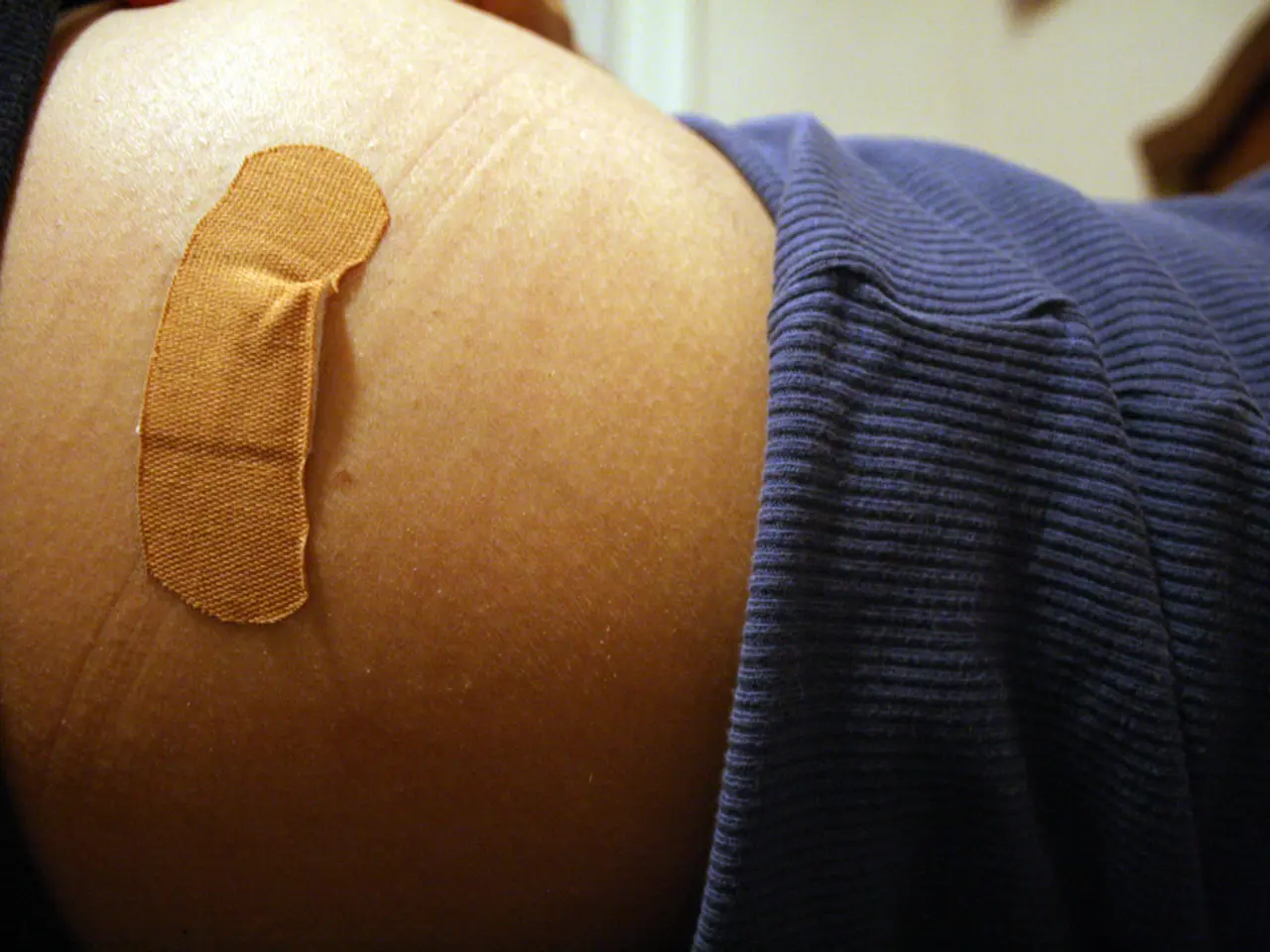Young Greek teenager, aged 14, facing the inability to sweat, undergoes a liver transplant following a heat stroke incident.
In late July 2025, a 15-year-old boy named Dimitrios from Metsovo, Greece, underwent a successful liver transplant at the specialized Transplant Centre in Turin, Italy. The transplant saved his life, and his condition stabilized post-surgery, with plans to return him to Greece soon.
Dimitrios was diagnosed with a rare genetic disorder called anhidrosis, which prevents sweating. This condition critically impairs temperature regulation, and during a hike in Metsovo’s high temperatures, Dimitrios suffered a severe heatstroke, leading to acute liver failure.
The medical journey for Dimitrios began with hospitalization in Metsovo. He was then transferred to Ioannina, where his condition worsened, and he was eventually stabilized in the Intensive Care Unit (ICU) in Patras, Greece. Despite initial treatment with water and ice packs, Dimitrios experienced convulsions and did not regain consciousness.
Upon his arrival in Turin, accompanied by his parents, Dr. Maria Torrani placed Dimitrios on the Italian liver transplant waiting list with the highest priority level: national super-urgency. After 24 hours without a compatible donor, Professor Romagnoli, the Regional Coordinator of Transplants for Piedmont and Valle d'Aosta, considered organs with a non-compatible blood group.
Fortunately, the Regional Organ Procurement Organization signaled a compatible donor in Piedmont on the second day of waiting. The liver transplant was performed by Professor Romagnoli and his team within less than 60 hours of Dimitrios's arrival in Italy. Dimitrios was hospitalized in the Central Intensive Care Unit of Molinette and dialyzed by nephrologists.
The functional recovery of the transplanted liver was extremely rapid, and Dimitrios's body temperature, which had risen to 42 degrees due to high ambient temperature and physical exertion during the hike, returned to normal.
This case illustrates the rare but severe complications that can arise in patients with genetic anhidrosis, especially in hot environments, and highlights the lifesaving potential of timely liver transplantation in acute liver failure secondary to heatstroke. The coordinated medical effort involved multiple hospitals and specialists across Greece and Italy, with Greek Health Minister Adonis Georgiadis publicly acknowledging the teams' critical role.
- The average lifespan of people with genetic anhidrosis can be significantly impacted by respiratory conditions and extreme heat, as demonstrated by Dimitrios's severe heatstroke and acute liver failure.
- The rapid advancements in environmental science, particularly climate change studies, are crucial for understanding the increased frequency of heatwaves and their effects on health and wellness, such as the conditions faced by Dimitrios.
- Cardiovascular health can be linked to medical-conditions like anhidrosis, as patients may face challenges in temperature regulation and maintenance of consistent body temperature, as seen in Dimitrios's case.
- The scientific collaboration between Greek and Italian medical professionals in the field of transplantation serves as an example of how environmental science and medical-conditions like anhidrosis can intersect, with solutions such as timely liver transplantation playing a crucial role in addressing the health implications of climate change.




